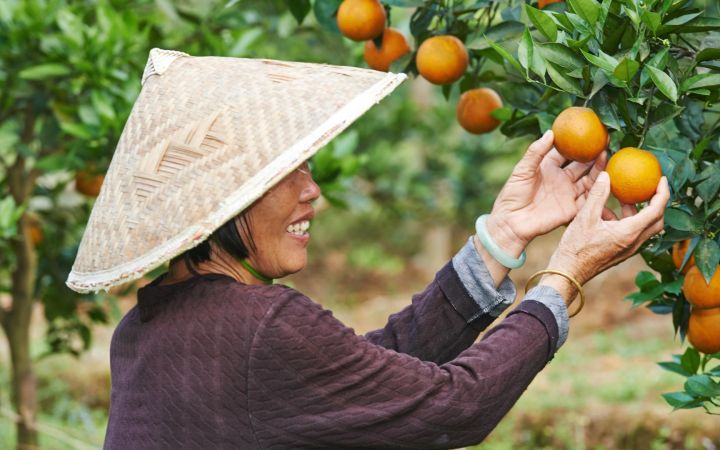People’s innate love of nature will be harnessed to protect the NSW South Coast’s endangered shorebirds as this year’s breeding season begins.

National Parks and Wildlife Service (NPWS) Senior Conservation Planner, Max Beukers, said by tapping into people’s love of nature, we hope to get more of the community acting as advocates for these tiny beach-nesting birds.
This will support the long-standing South Coast Shorebird Recovery Program – established in 1999 by NPWS to reduce the rate of decline of threatened shorebirds and enhance breeding success by monitoring and safeguarding these mysterious birds.
“I call it the ‘David Attenborough effect’; as more and more people are enjoying reconnecting with nature, their care factor for their local environment skyrockets,” said Mr Beukers.
“This year, the Shorebird Recovery Program will capitalise on this trend by increasing people’s knowledge of the unique behaviours of these pretty shorebirds and encouraging the local community to help protect them.
“Early spring is a special time of the year. The migratory Little Terns will soon arrive from eastern Asia. Our resident threatened shorebirds, the Pied Oystercatchers, Sooty Oystercatchers and Hooded Plovers are beginning to nest.
“Nesting is a hugely challenging time for the birds. They are trying to protect the fragile eggs they’ve laid directly on the sand. Their nest scrapings that are easily damaged by storms or trampled and disturbed by dogs, vehicles and people. These delicate beach-nesting birds are literally living life on the edge.
“NPWS is working with local Councils and volunteers to share the plight of these birds with all beach goers. We are reaching out to community groups including fishing groups, dog walking clubs, recreational water users, surf life-saving clubs, caravan park users and bird watching groups.
“We’re asking the community to give the birds space and to keep dogs leashed in shorebird areas. NPWS and volunteers will be fencing off breeding areas, putting up signs and monitoring the birds to help people give their eggs and little chicks some space.
“These birds are fascinating to watch, particularly during breeding season when they display quirky behaviours such as head-bobbing and faking injuries. Adult birds will work in pairs, one will stay by the eggs whilst the other ‘lookout’ bird will steer predators away, even pretending injury, dragging a wing across the sand as a distraction.
“Every time an adult bird is disturbed away from their eggs, they waste precious energy stores. Too many disturbances and eggs may not hatch and the young will not thrive. Often a breeding pair will produce three clutches of eggs but sadly, only one egg will survive to leave the nest as a fledgling.
“We’d like the community’s help in spotting nesting shorebirds, and if you see any, please let your NPWS team know via 1300 361 967,” said Mr Beukers.








